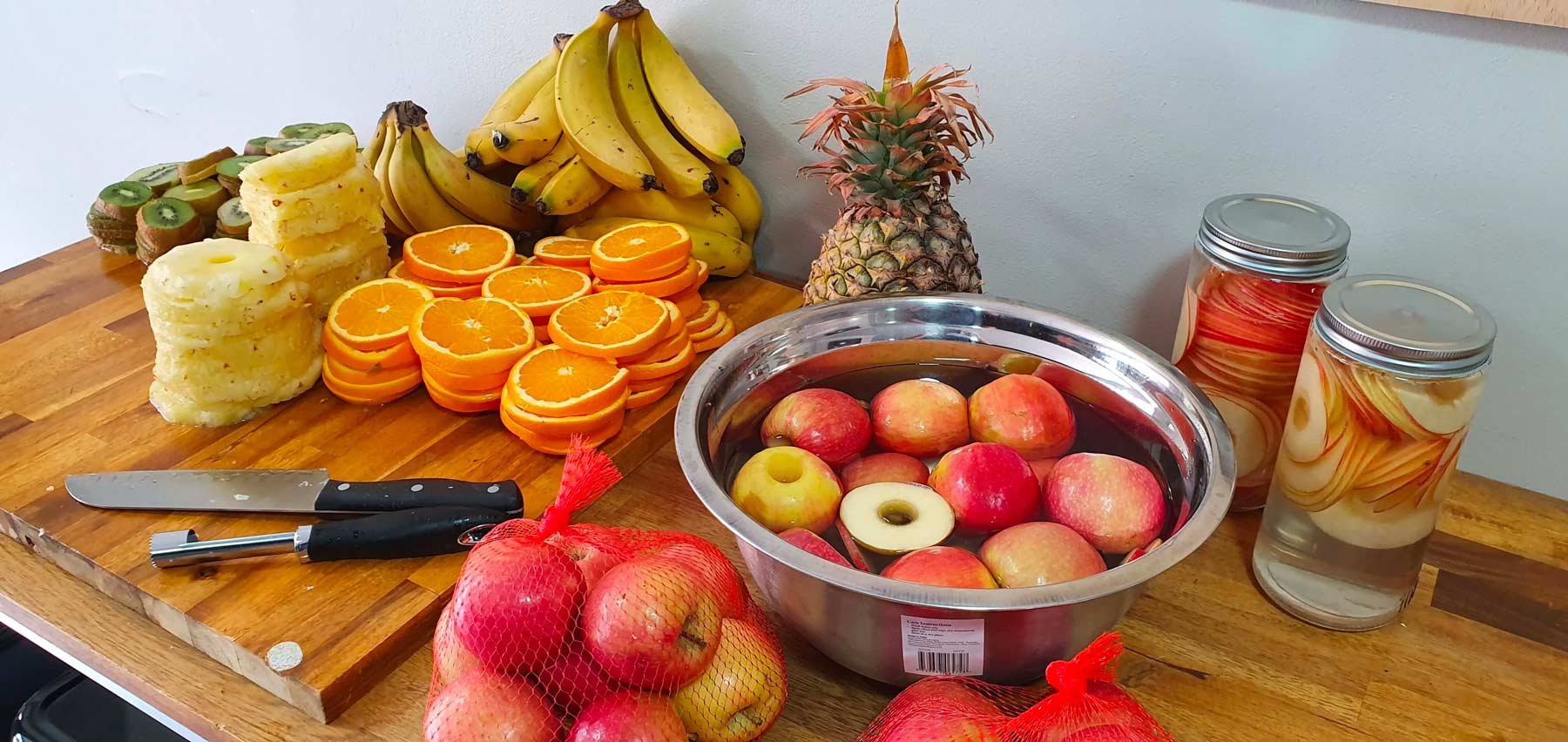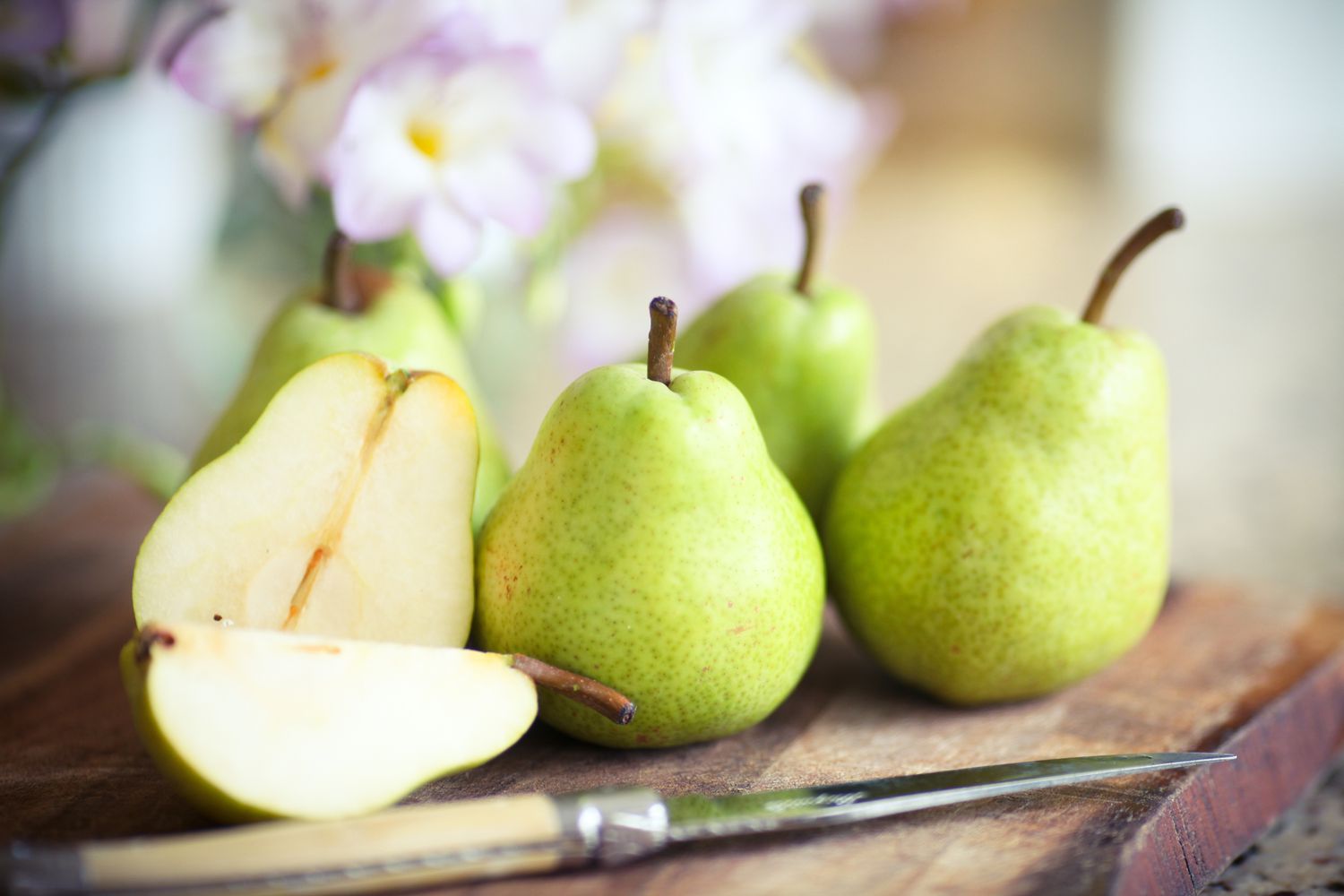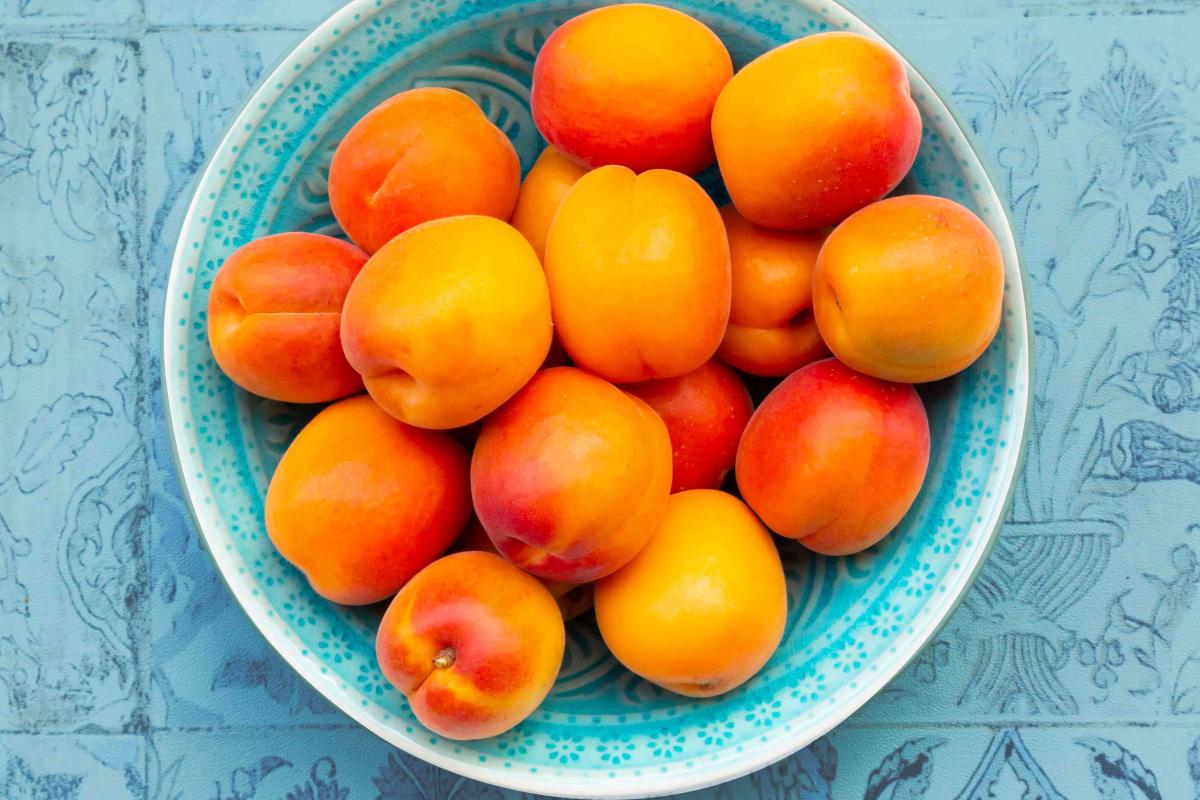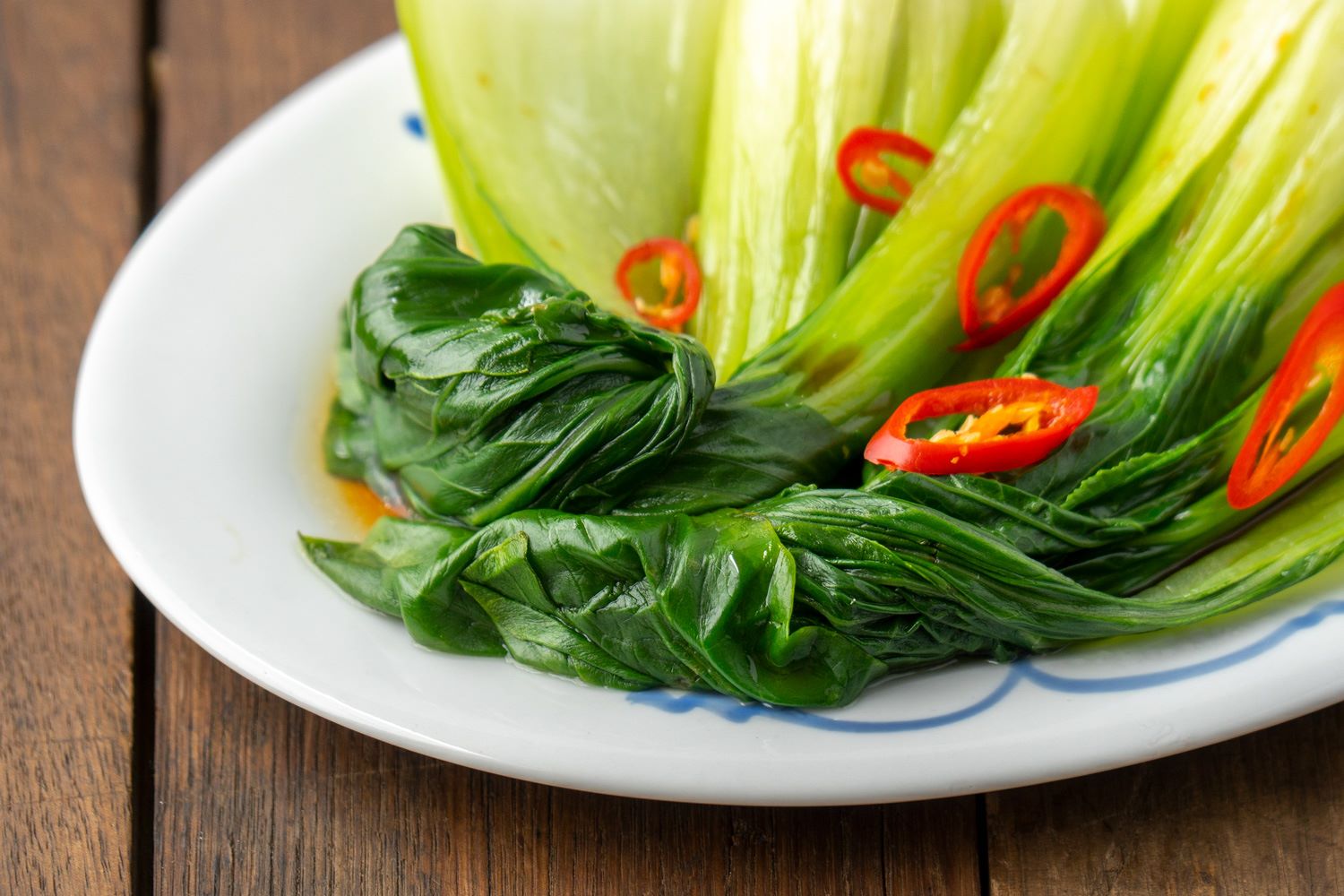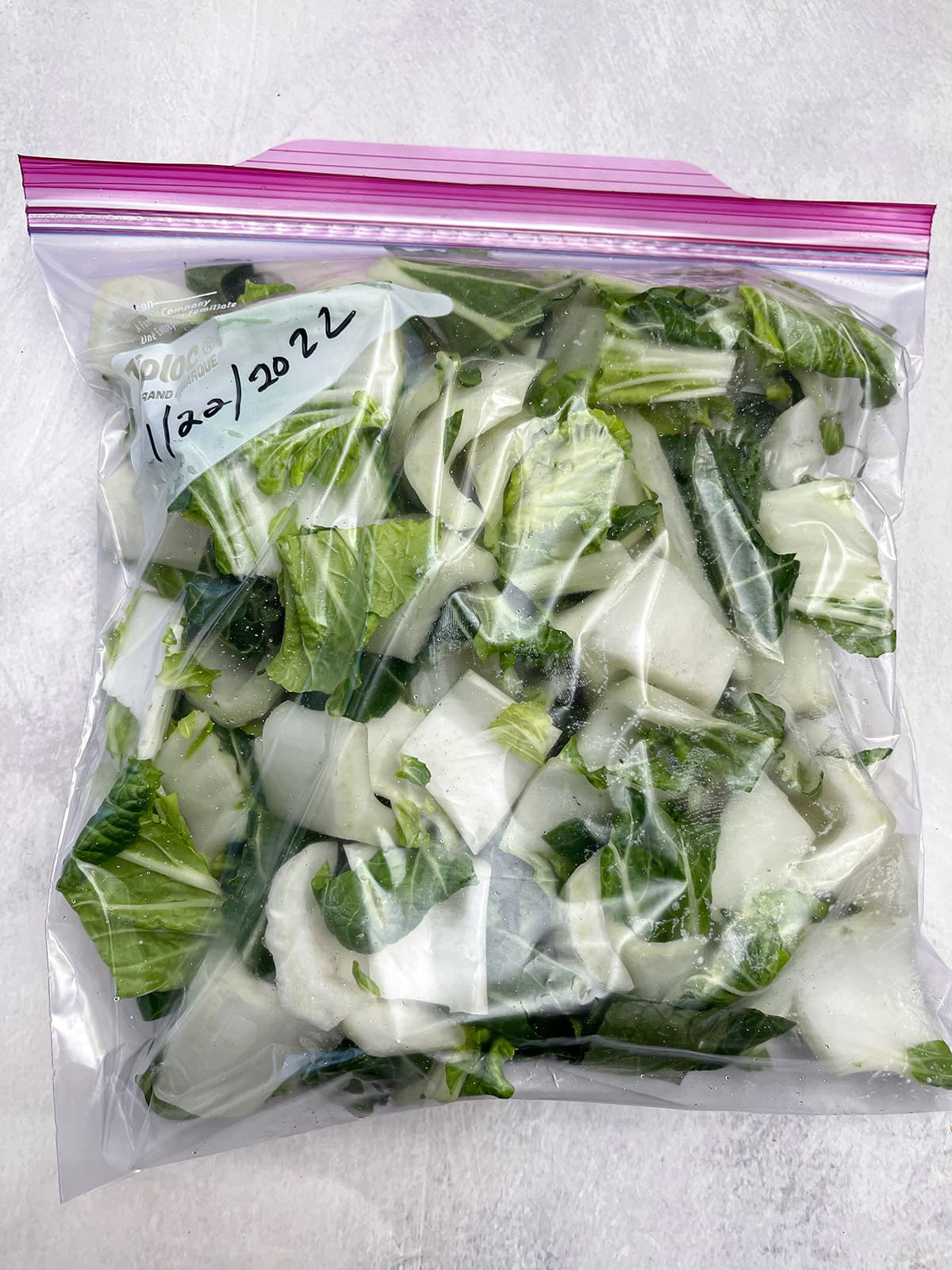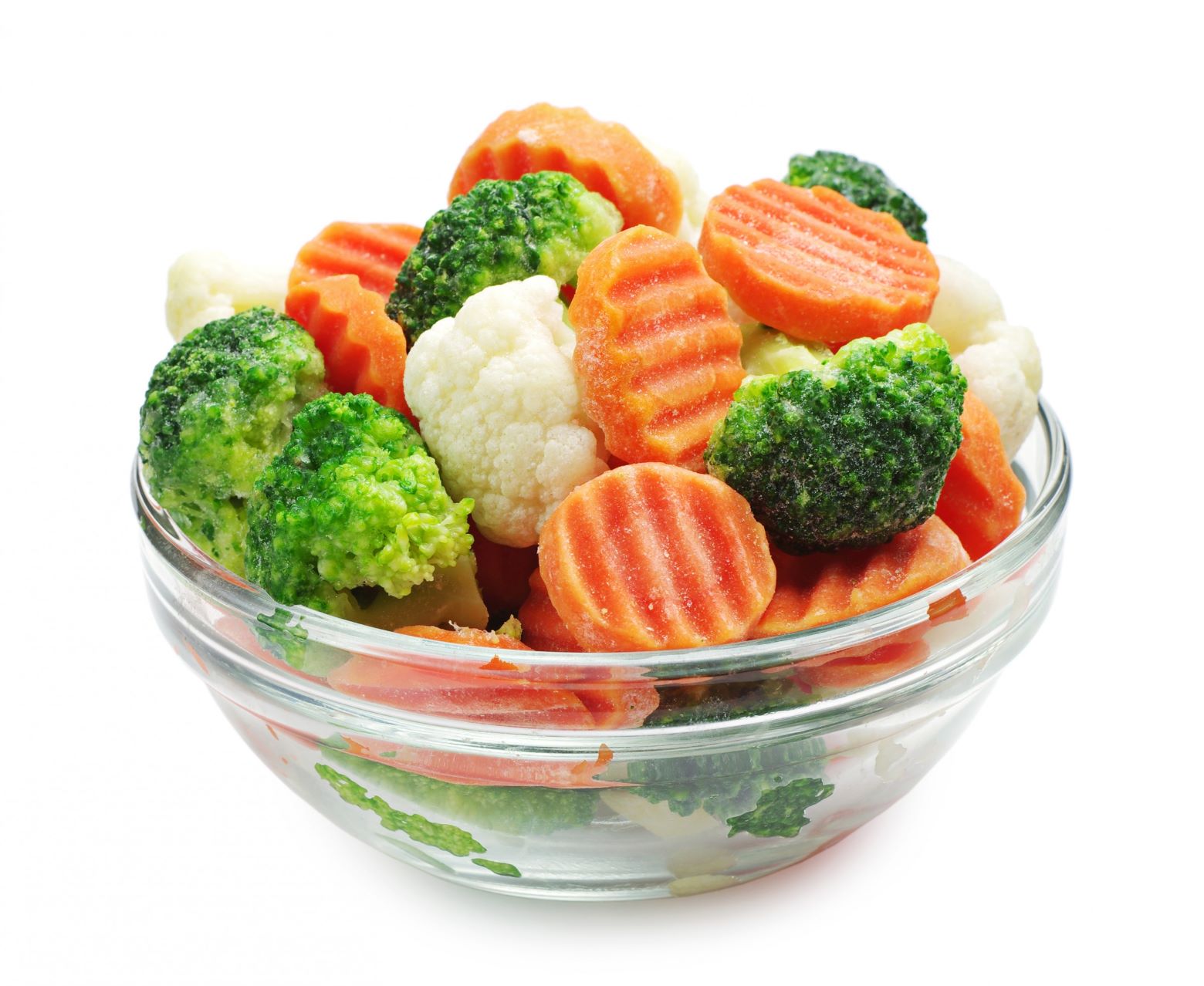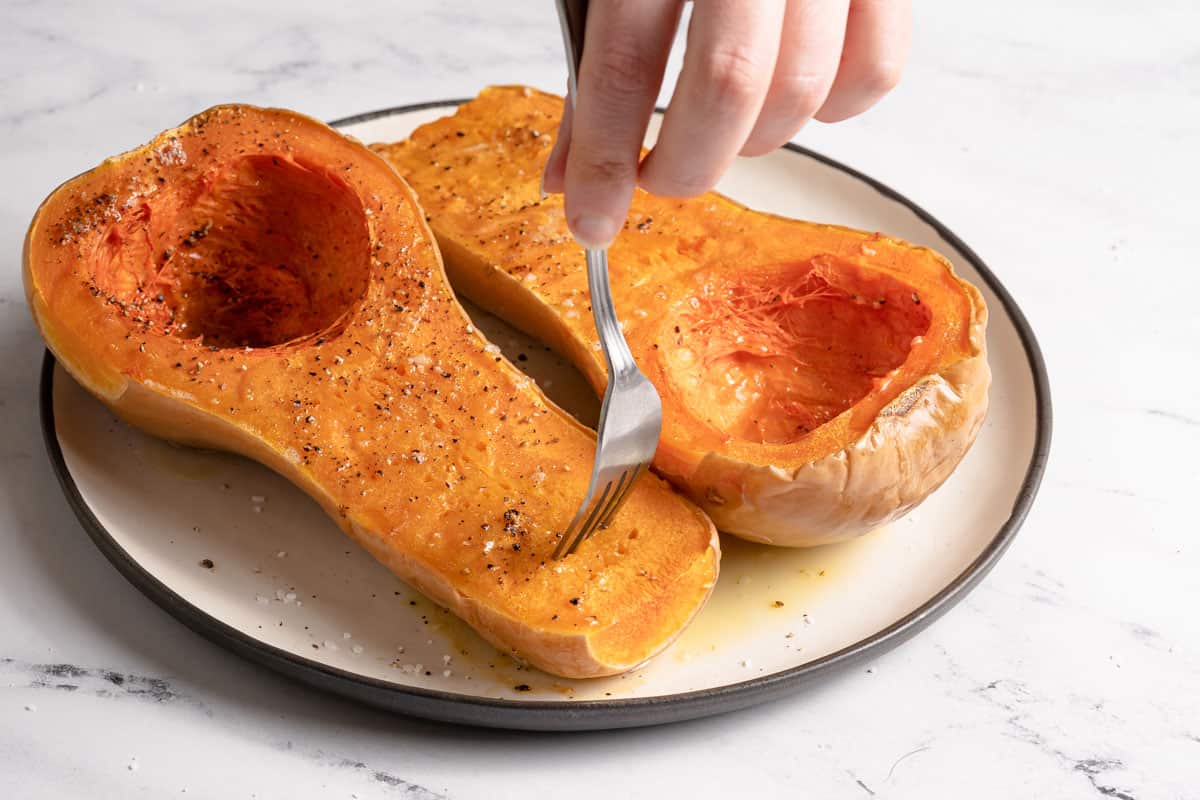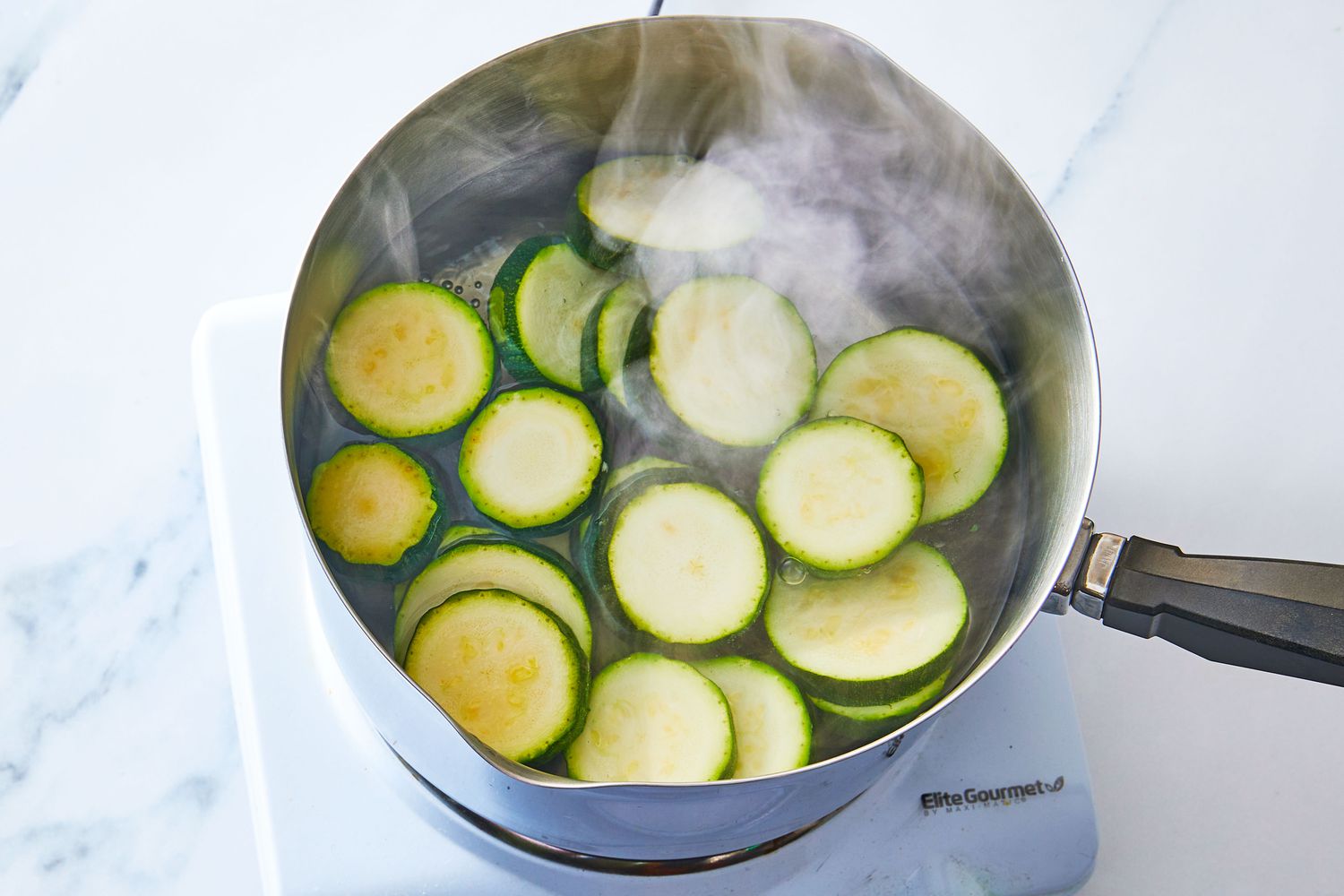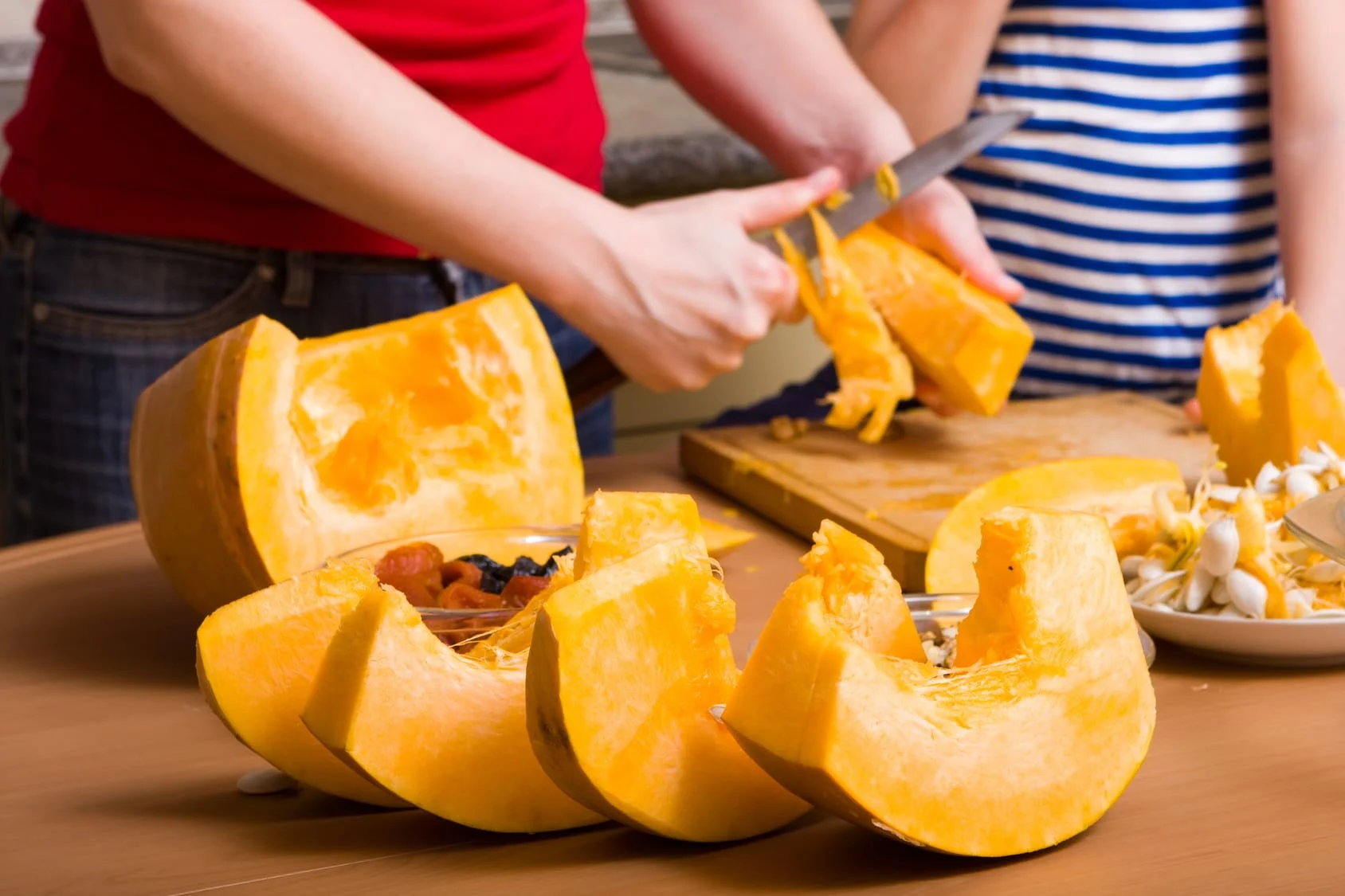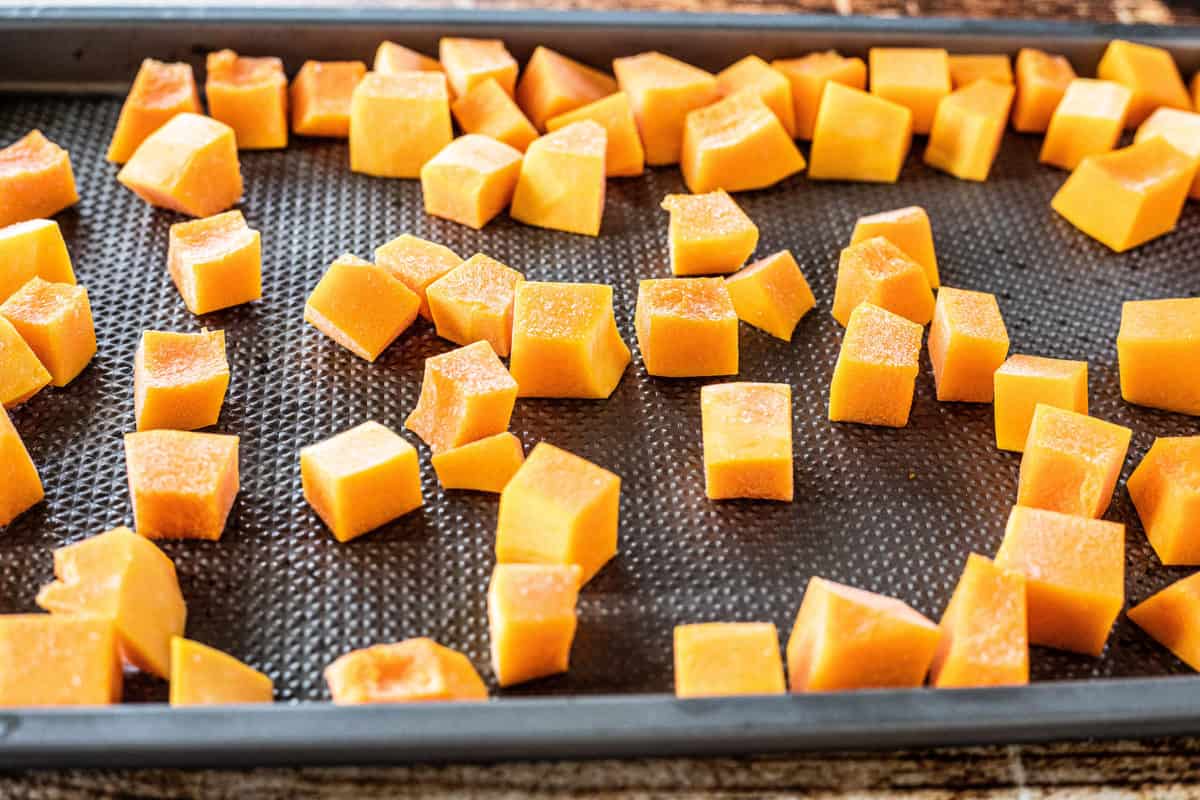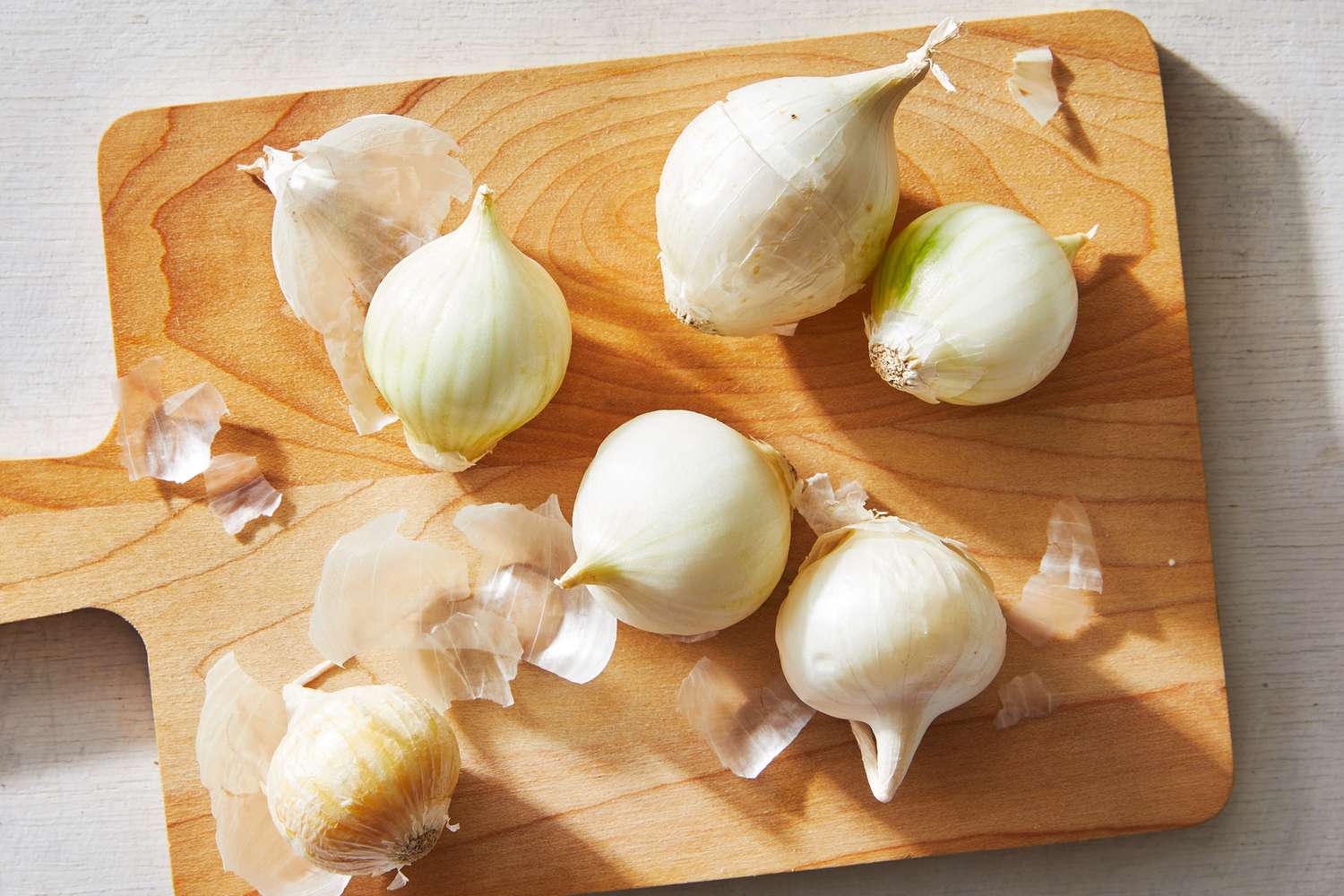What Does It Mean to Blanch a Fruit?
Blanching is a cooking technique that involves briefly immersing a fruit in boiling water and then quickly cooling it in ice water. This process helps to preserve the fruit’s color, texture, and flavor, making it an ideal method for preparing fruits for various dishes and recipes.
Why Blanch Fruits?
Blanching fruits serves several purposes, including:
- Preserving Color: Blanching helps fruits retain their vibrant colors, making them more visually appealing in dishes and presentations.
- Removing Skin: It can help loosen the skin of fruits like peaches and tomatoes, making them easier to peel.
- Halting Enzyme Activity: The brief exposure to boiling water can halt the enzyme activity in fruits, preserving their fresh flavor and texture.
Steps to Blanch a Fruit
Blanching a fruit is a straightforward process that involves a few simple steps:
- Prepare the Fruit: Wash the fruit thoroughly and remove any stems or blemishes.
- Boil Water: Bring a pot of water to a rolling boil.
- Prepare an Ice Bath: Fill a large bowl with ice water.
- Blanch the Fruit: Carefully lower the fruit into the boiling water and let it cook for the recommended time (varies by fruit).
- Cool the Fruit: Using a slotted spoon, transfer the fruit to the ice water bath to stop the cooking process.
- Drain and Dry: Once cooled, remove the fruit from the ice water and pat it dry with a clean kitchen towel.
Best Fruits for Blanching
While many fruits can be blanched, some are particularly well-suited for this technique. These include:
- Tomatoes: Blanching tomatoes makes them easier to peel and can enhance their flavor in sauces and salsas.
- Peaches: Removing the skin from peaches can be made easier by blanching, especially when preparing them for pies or preserves.
- Apricots: Blanching apricots can help preserve their color and texture for use in jams and desserts.
Conclusion
Blanching fruits is a useful technique for preserving their color, texture, and flavor, as well as preparing them for various culinary applications. By following the simple steps outlined above, you can easily incorporate blanched fruits into your favorite recipes and enjoy the enhanced visual appeal and taste they provide.
